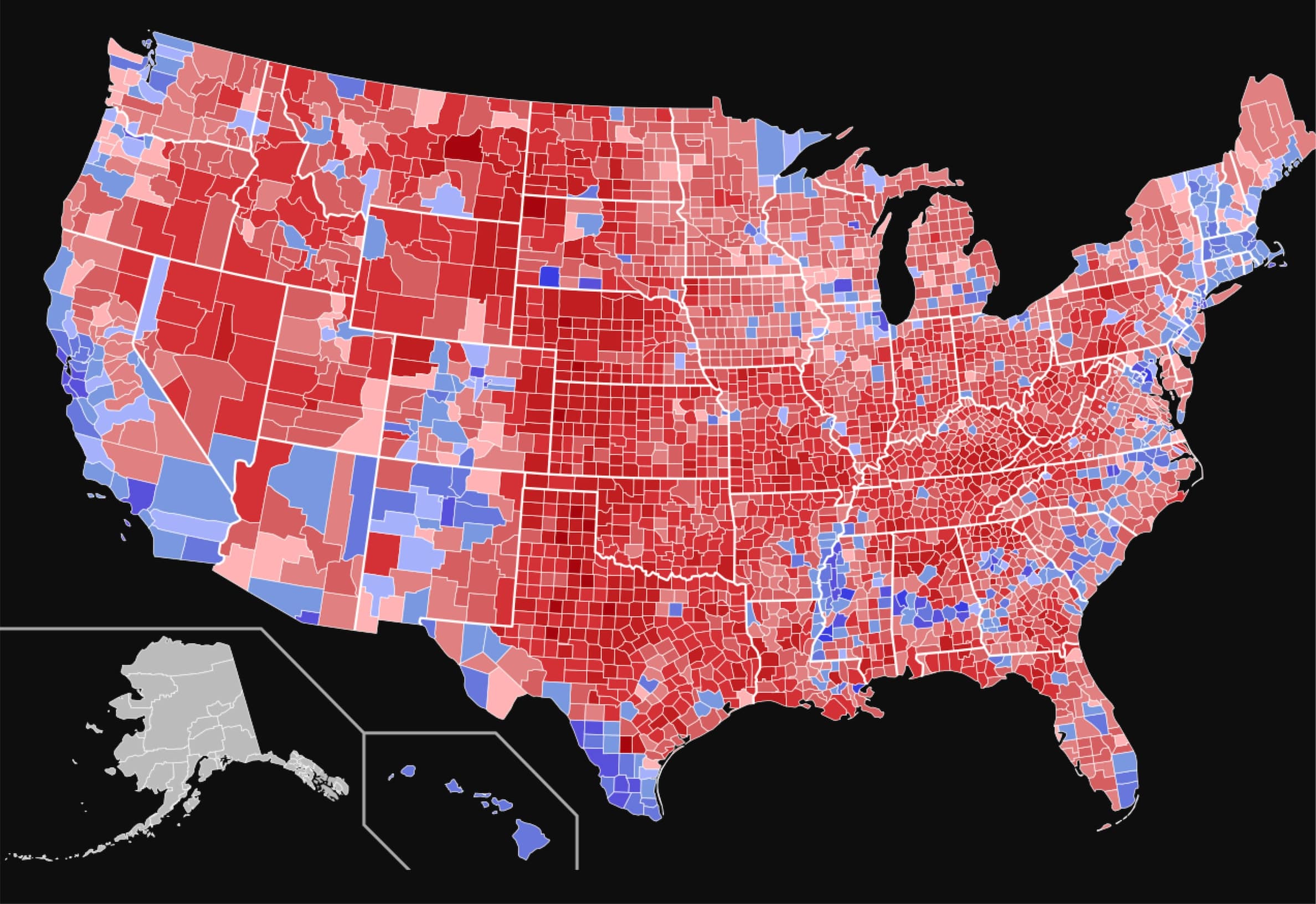The runaway success of Bernie Sanders’ 2016 run has been met with a mix of bewilderment and condescension by Beltway pundits. Among mainstream liberal voices from Paul Krugman to Ezra Klein to Matthew Yglesias, the consensus is that Bernie Sanders’ presidential campaign has been a series of unrealistic promises playing off of the anger of ignorant voters. At best, the Sanders campaign is a well-intentioned but naive attempt to change a broken political system without making the hard choices and compromises that serious politicians have to make. At worst, the campaign is irresponsibly promising “puppies and rainbows” to a hapless electorate that doesn’t know any better. Politics is serious business, and probably best left to the experts.
The wave of attacks on Sanders by self-proclaimed “policy wonks” has been met with some good responses, but it’s difficult to reach the same audience as Paul Krugman or Ezra Klein. And ironically, the wonks’ commitment to realism doesn’t stop them from demanding superfluous details for each of Sanders’ proposals—details that are irrelevant to any actual congressional process of deal-making and compromise. It is worth noting that the Obama’s 2007 universal health care proposal excluded the individual mandate, which would be functionally critical to the Affordable Care Act. All of this is unfortunate because it means the current debate is located around vetting the details of each of Sanders’ proposals instead of evaluating what these proposals could mean for the future electorate.
To the extent that the Vox crowd has a theory of political change, it is pretty simplistic. The electorate changes its opinions over time, and elections serve as a sort of market signal for the government to respond to these changes. “Ideologues” on the Left and Right obstruct this signal by injecting popular passion into the civil debates of nonpartisan experts. The hostility toward mass participation in American politics is nothing new, but what the Vox model leaves out is the role of policy itself as an agent in organizing the electorate into coherent voting blocs that either advance or undermine long-term political goals. Even the most well-intentioned, progressive policies can be politically unsustainable if they do not prevent the electoral terrain from shifting against their support.
It is a great historical irony that the post-WWII program of heavy public investment that built America’s middle class also created the same social forces that would undermine and destroy it.[1] Various forms of subsidized homeownership, the Interstate Highway System, and investment in research and development at public universities were great accomplishments of the Social Democratic welfare state of the 1940s and 1950s. In fact, these accomplishments facilitated decades of economic growth where economic gains were more or less shared with the middle class.[2] While it would be unfair to downplay the significance of this achievement, it is unfortunately true that the particular kind of middle class created by the Social Democratic program contained the seeds of a conservative movement that would later reject Social Democracy entirely. A closer examination of what this new middle class looked like is in order.
For starters, public subsidies for homeownership systematically excluded African Americans from participating in suburbanization. Programs like the G.I. Bill, which provided low-cost loans and mortgages to WWII veterans, were intentionally designed to accommodate Jim Crow. The Federal Housing Administration allowed banks and mortgage companies to refuse loans to black Americans (a practice known as“redlining”), which they invariably did.[3] Of the first 67,000 G.I. mortgages, fewer than 100 recipients were nonwhite.[4]
As white families migrated in droves out to the suburbs, their participation in politics took on a whole new character. The proliferation of homeowner associations in the 1960s led suburban residents to engage in local politics as homeowners, seeking to preserve the socioeconomic composition of their neighborhoods.[5] The material upshot of this was that wealthier suburbs developed better public schools over time and their wealth became more entrenched.[6] Just as significant was that these homeowners associations positioned property rights and individualized identities at the center of community engagement.
Compounding the new politics of white homeowners’ associations was the transition of the the suburban workforce from manufacturing to white-collar jobs. The federal government kicked this off by investing heavily in scientific research and development during World War II and through the Cold War. Universities exploded in size with research grants and fledgling technology companies attracting investors with steady flows of government contracts. The white-collar jobs that public investment in education and technology created were primarily non-union, which dovetailed with the meritocratic political orientation that suburban homeowners developed through their property-based community politics.[7]
It is well-known that when the financial crisis of the 1970s hit, it was labor that paid the price through decades of wage repression and welfare reduction.[8] For the above reasons, American suburbs like Orange County were incubators for the emerging alliance between social conservatives and fiscal libertarians that would steadily roll back the welfare state for the next four decades. In 1968, Richard Nixon appealed to the “silent majority” of Americans: white-collar (and white-skinned) suburbanites who were appalled by the excesses of the Civil Rights Movement and all of its radical offshoots. For suburban families that were economically burdened by the profit squeeze of the 1970s, racist and moralistic pseudo-explanations for urban poverty went a long way. The Reagan administration took this strategy to a new level with the racialized War on Drugs and appeals to evangelical voters.[9]
Initially, it seems sufficient to say that the Conservative Revolution of the 1980s arose suddenly in response to the failures of the Social Democratic welfare state and leave it at that. But while technically correct, this analysis overlooks the decades of political realignment in America’s suburbs that was at the center of the new American Right. There is a simple reason that labor unions got the ax while Social Security remained a “third rail”: policies and institutions only survive as long as they represent the shared interests of a coherent voting bloc.[10] The popularity of universal, unconditional programs like Social Security and Medicare has forced both parties to focus on elderly voters as a separate interest group.
Similar universalizing strategies can explain the paralysis of American voters in the face of more and more political power being concentrated in Wall Street. As the financier of nearly all productive infrastructure in America, Wall Street has little serious opposition. The financialization of pensions—the switch from stock and bonds to speculative financial assets in pursuit of greater returns—has given the average American a lot of skin in the game regarding the overall success of Wall Street.[11] Americans rely on financial portfolios for their retirement, they attend universities with highly financialized endowments, and most of them are deep in different kinds of debt.
For Wall Street, this strategy has paid off hugely. Finance capital—arcane, yet all-pervasive—is universally understood to be the exclusive preserve of experts. It would be dangerous for non-experts to weigh in on matters as complex as financial regulation precisely because of the implications it has for the lives of ordinary people. As more functions of government are turned over to experts and unaccountability is institutionalized, popular progressive politics is increasingly unlikely. Since liberals failed to see the connection between short-term political compromises and long-term implications for their base, any progressive endgame was doomed from the start. Today, it is difficult for voters to imagine an economy not run by financial institutions, much less organize coherently around a set of demands.
And yet, this is what the Sanders campaign is beginning to do and why it is so exciting. For the first time in decades, a Democratic candidate is using policy proposals to whip up a progressive coalition out of the general electorate. Although the Clinton campaign and the Very Serious People at Vox see Sanders’ lofty policy proposals as symptomatic of his idealism, the idea that we can throw out “politics” and “ideology” to construct sound policy is its own form of idealism. Triangulation may help Democrats push back against Republicans here and there, but there is no great strategy behind eroding the base from which they are elected.
[1] Steven Mintz and Susan Kellogg, Domestic Revolutions: a Social History of American Family Life (1988), ch. 9.
[2] Weinberg, Daniel H. “A Brief Look at Postwar U.S. Income Inequality.” Census Bureau: Current Populations Report. https://www.census.gov/prod/1/pop/p60-191.pdf.
[3] “1934–1968: FHA Mortgage Insurance Requirements Utilize Redlining.” 1934–1968: FHA Mortgage Insurance Requirements Utilize Redlining. http://www.bostonfairhousing.org/timeline/1934-1968-FHA-Redlining.html.
[4] Katznelson, Ira (2006). When affirmative action was white : an untold history of racial inequality in twentieth-century America ([Norton pbk ed.] ed.). New York: W.W. Norton.
[5] Harvey, David. Rebel Cities: From the Right to the City to the Urban Revolution. New York: Verso, 2012.
[6] Rusk, David. Cities without Suburbs. 2nd ed. Woodrow Wilson Press.
[7] Geismer, Lily. Don’t Blame Us: Suburban Liberals and the Transformation of the Democratic Party. Princeton University Press.
[8] Gould, Elise. “2014 Continues a 35-Year Trend of Broad-Based Wage Stagnation.” Economic Policy Institute. http://www.epi.org/publication/stagnant-wages-in-2014/.
[9] Alexander, Michelle. The New Jim Crow: Mass Incarceration in the Age of Colorblindness. New Press.
[10] Altman, Nancy J., and Eric R. Kingson. Social Security Works!: Why Social Security Isn’t Going Broke and How Expanding It Will Help Us All. New Press.
[11] Zwan, N. Van Der. “Making Sense of Financialization.” Socio-Economic Review 12, no. 1 (2014): 99-129.



